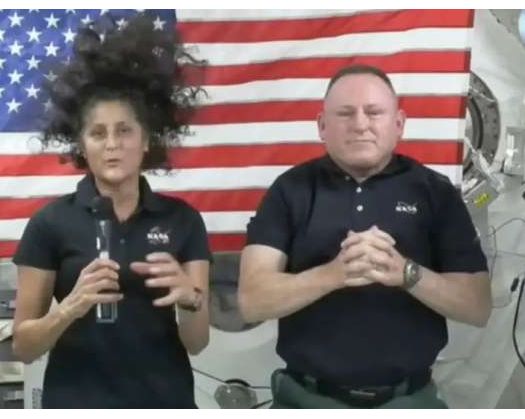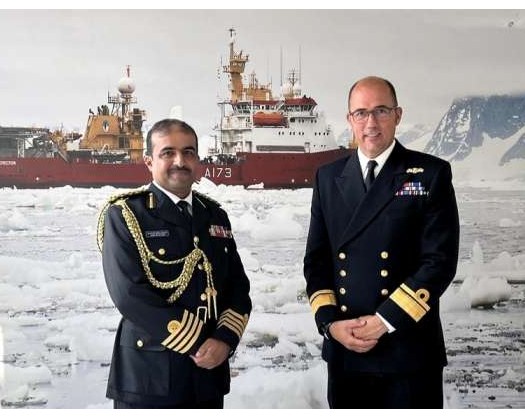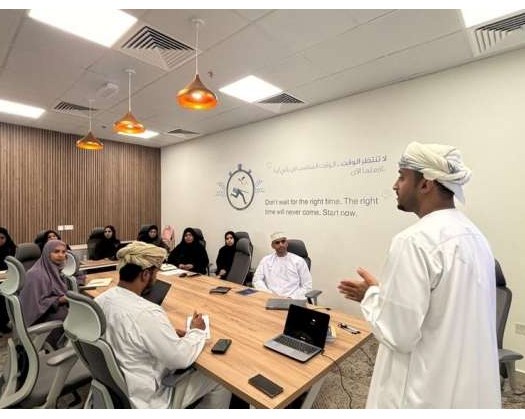Florida: There has been considerable discussion regarding the potential health challenges that NASA astronauts Barry "Butch" Wilmore and Sunita "Suni" Williams may encounter during their time in space. Scheduled to return to Earth in March 2025 after an unplanned nine-month stay at the International Space Station (ISS), their bodies will have adapted to the effects of radiation and microgravity.
The impacts of radiation and microgravity are universally experienced by astronauts, beginning with symptoms such as nausea and facial swelling. However, this mission was originally intended to last only a week, raising concerns about whether Suni and Butch would face more severe consequences.
Wilmore and Williams became stranded at the ISS in June 2024 due to technical difficulties with their Boeing Starliner spacecraft, which made it too hazardous to attempt a return in the same vehicle.
Both astronauts are seasoned professionals, having accumulated hundreds of days in space prior to their 2024-2025 mission.
They were well-prepared and trained for potential worst-case scenarios, particularly since the Starliner launch was a test mission.
The requirements for becoming an astronaut are significant. Humans are not naturally equipped to live in space—an environment devoid of Earth's protective atmosphere and characterized by near or zero gravity—so those who venture into space undergo extensive training and rigorous health monitoring before, during, and after their missions.
Astronauts chosen for human spaceflight are expected to not only fulfill their designated tasks but also to navigate complex and evolving situations.
Wilmore and Williams served as test pilots for the inaugural crewed flight of Boeing's Starliner spacecraft to the ISS. However, propulsion issues with their vehicle necessitated an extension of their eight-day mission, leading them to join a regular crew known as SpaceX Crew 9.
Shortly after becoming stranded, retired German astronaut Thomas Reiter expressed that he believed it would be "quite a burden," but he also noted that "they can handle it."
Reiter has completed two space missions: the first aboard Mir, a Soviet-era space station that de-orbited in 2001, and later as a flight engineer on the International Space Station (ISS). Williams took Reiter's place during her inaugural spaceflight.
"Both of them are quite experienced and are well-acquainted with the operations aboard the ISS," Reiter remarked.
Radiation: A Major Hazard of Space Exploration
Space agencies allocate entire divisions to investigate the impact of space on the human body. For example, the German Space Agency (DLR) operates a facility called envihab near Cologne.
In June 2024, the journal Nature released over 40 studies, which were described as the "largest-ever collection of data for aerospace medicine and space biology."
Among these studies was one referred to as TWINS, which involved 10 laboratories comparing astronaut Scott Kelly, who spent nearly a year on the ISS in 2015, with his identical twin Mark, who remained on Earth. This research highlights one of the significant dangers of extended space missions—radiation exposure.
"Space radiation exposure will be the primary limiting factor affecting how well astronauts perform and how long they can remain in space," stated Susan Bailey, a radiation biologist at Colorado State University. Bailey led the research in the TWINS study focusing on the impact of radiation on telomeres, the small genetic caps located at the ends of human chromosomes.
"Radiation exposure is indeed highly detrimental to our DNA," stated Bailey.
This exposure elevates the risk of cancer for astronauts and contributes to increased oxidative stress in the body.
"The focus is on protecting them from severe long-term effects and acute reactions," Bailey explained. "We need to develop countermeasures to safeguard astronauts not only during their flights but also while they are stationed on the moon or Mars."
Space agencies impose specific limits on the radiation exposure that astronauts can endure throughout their careers.
Microgravity: From kidney stones to impaired vision
The microgravity environment of space can lead to bone demineralization, with astronauts experiencing a loss of approximately 1-1.5% of bone density for each month spent in space.
This condition can also alter mineral levels in the body, posing health risks. For instance, elevated calcium levels in the excretory system, which eliminates waste like urine, can result in kidney stones.
"When they return, they [can't] join the dance floor like anyone else who has experienced weightlessness for extended periods," Reiter remarked.
Additionally, this environment can affect vision, as bodily fluids shift towards the head, exerting pressure on the eyes.
Extended pressure can result in Spaceflight Associated Neuro-ocular Syndrome, which may impair the eye's focusing ability, sometimes permanently.
Upon their return to Earth, both Williams and Wilmore will undergo regular health assessments.
Abundant Supplies on the ISS
While space travel poses certain health risks, the International Space Station (ISS) effectively addresses more immediate necessities.
Reiter noted, "If there suddenly are two additional crew members, they won't face an immediate shortage of water, oxygen, or food."
Regular resupply missions ensure that food, water, oxygen, and carbon filtration systems are consistently maintained.
The ISS is equipped with six sleeping quarters, two bathrooms, and a gym, providing ample space for the crew to relax and work.
Moreover, the psychological well-being of long-term astronauts is supported by their active participation in ongoing projects aboard the ISS.
Wilmore and Williams quickly engaged in scientific and support tasks alongside their fellow astronauts.
Bailey remarked, "Astronauts aspire to be in space; they dedicate their entire lives to this pursuit." They might have perceived the experience of being in space as "quite remarkable."












